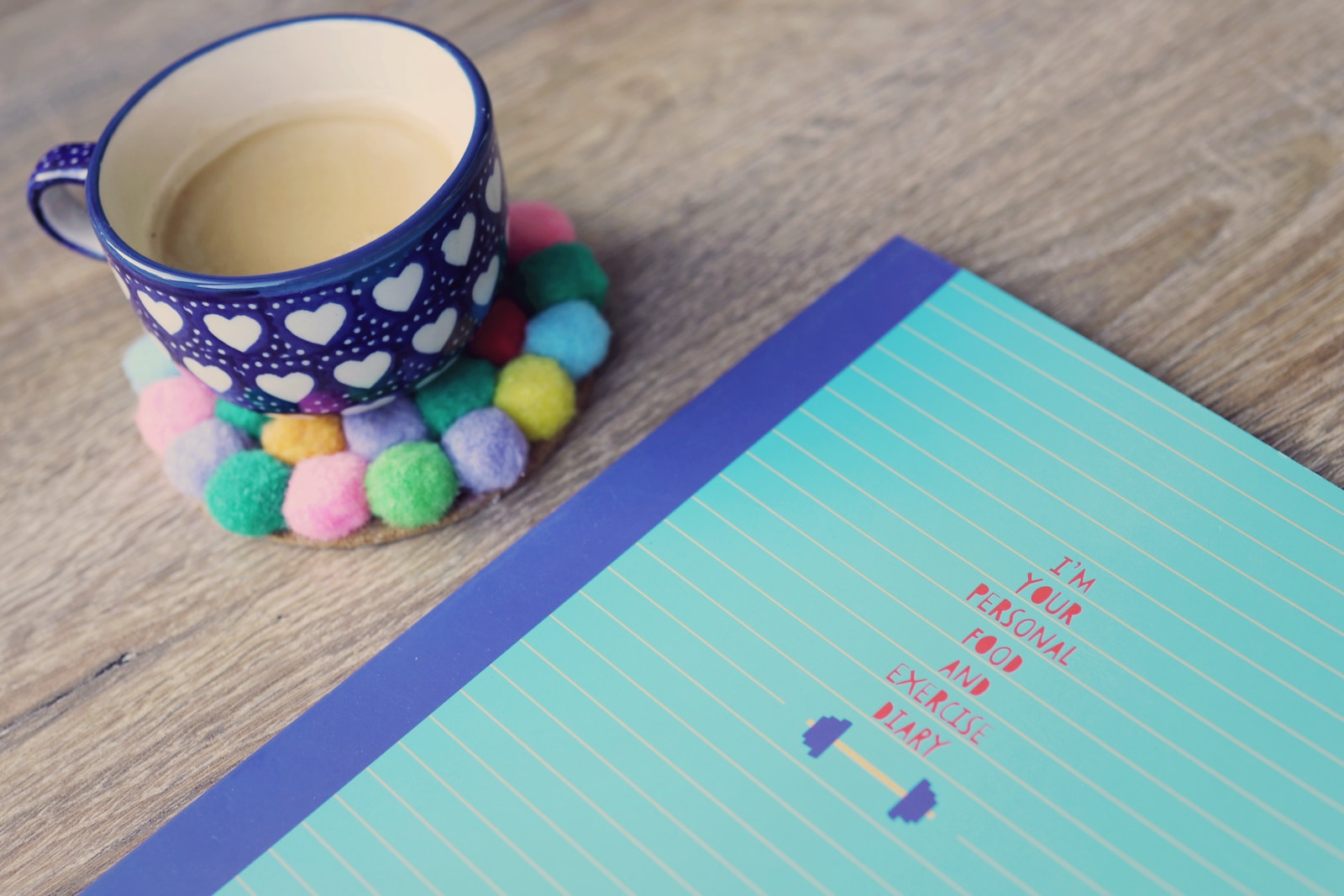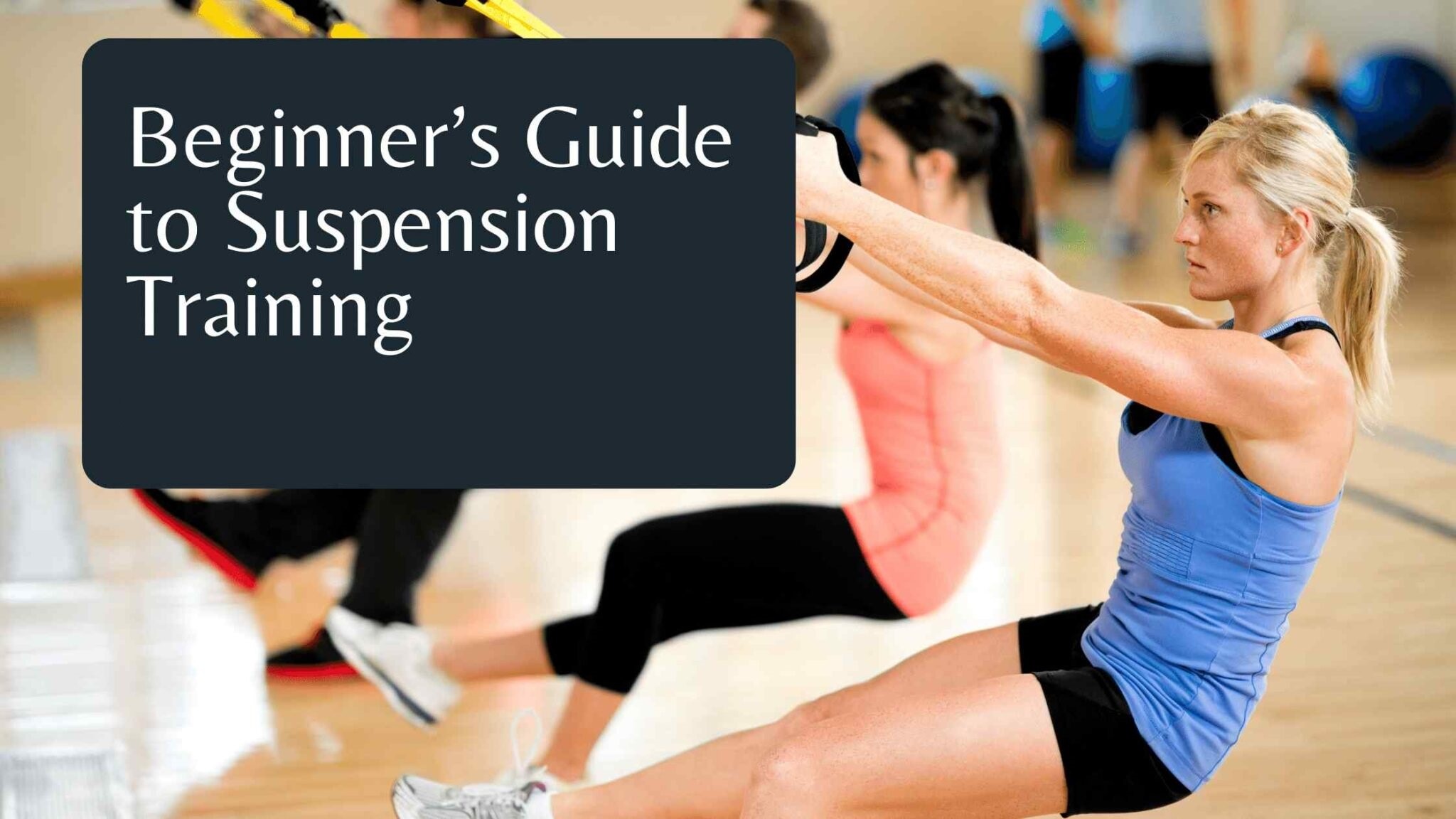How to Develop a Balanced Workout Routine for Overall Fitness
Do you ever feel like your workouts are repetitive and uninspired? Are you unsure of what exercises to do or how often to do them? Don’t worry, you’re not alone. Developing a balanced workout routine can be intimidating, but it’s crucial for overall fitness. By targeting different muscle groups and incorporating cardio and strength training, you’ll not only see physical results but also improve your overall health.
In this blog post, we’ll cover everything from creating a schedule that works for you to varying your workouts so they never get boring. Get ready to transform your fitness journey with our tips on developing a balanced workout routine!
Introduction to Fitness and Benefits of a Balanced Workout Routine

When it comes to physical fitness, there is no one-size-fits-all approach. However, a balanced workout routine that includes both cardio and strength training is generally considered the best way to improve overall fitness and health.
There are many benefits to be gained from following a balanced workout routine. Cardio exercise helps to improve heart health and stamina, while strength training can help to build muscle and bone density. A combination of both types of exercise can lead to greater weight loss than either one alone. In addition, a well-rounded fitness routine can help reduce the risk of injuries and improve balance and coordination.
Whether you are just starting out on your fitness journey or are looking to revamp your current routine, consider adding both cardio and strength training into your weekly workout plan. And remember, regular physical activity is key to maintaining good health – so make sure to find an activity that you enjoy and stick with it!
What Types of Exercises Should be Included in a Balanced Workout?
When it comes to crafting a well-rounded workout routine, there are a few key elements that should be included in order to see the best results. First and foremost, you’ll want to make sure that you’re including a variety of different exercises that target different muscle groups. This not only helps to keep your body guessing (and therefore, growing), but it also helps to avoid boredom and keeps things interesting.
Some examples of key exercises that should be included in a balanced workout routine include:
-Weight training exercises for all major muscle groups (legs, chest, back, arms, etc.)
-Cardio exercises (running, biking, swimming, etc.)
-Plyometric or explosive exercises (jumping squats, box jumps, pushups)
-Stretching and mobility work (yoga, foam rolling)
How to Design a Balanced Workout Plan
When it comes to designing a workout plan, there are a few key elements that should be included in order to create a balanced routine. First, you’ll want to make sure that you’re including exercises that work all of the major muscle groups in your body. This means exercises like push-ups, pull-ups, squats, and lunges for the upper and lower body, and crunches and planks for the core.
In addition to working all of the major muscle groups, it’s also important to focus on both cardio and strength training. Cardio exercises like running, biking, or swimming will help to improve your cardiovascular health and stamina, while strength training exercises will help you build muscle and improve your overall strength. A good workout routine will include a mix of both cardio and strength training exercises.
Finally, you’ll want to make sure that you’re varying the intensity of your workouts. This means incorporating both high-intensity interval training (HIIT) workouts as well as lower-intensity stead-state workouts. HIIT workouts alternate between periods of high-intensity exercise followed by periods of rest or lower-intensity exercise, while stead-state workouts are performed at a consistent moderate intensity level. Varying the intensity of your workouts will help to keep your body from adapting and will help you see better results over time.
The Importance of Rest & Recovery
The importance of rest and recovery in a workout routine cannot be understated. When our bodies are put under stress from exercise, they need time to repair and rebuild. This is why a balanced workout routine includes both active and rest days.
Rest and recovery days give our muscles the chance to repair and grow stronger. They also help to reduce the risk of injury. without proper rest, we are more likely to suffer from overuse injuries.
Active recovery days are also important. These are days where we engage in lighter activity such as walking or gentle stretching. This helps to increase blood flow and flexibility, which can speed up the recovery process.
Overall, including both active and rest days in your workout routine is the best way to stay fit and healthy. By giving your body the time it needs to recover, you’ll be able to push harder and see better results in the long run.
Strategies for Sticking to Your Routine
If you’re anything like the average person, sticking to a workout routine can be tough. But luckily, there are a few things you can do to make it easier on yourself.
First, try to find an activity that you enjoy and make it part of your routine. If you hate going to the gym, for example, don’t force yourself to do it just because you think you should. Instead, find an activity that you actually look forward to doing. Maybe it’s going for a run outside or taking a dance class.
Second, set realistic goals for yourself and break them down into manageable steps. For instance, if your goal is to lose weight, don’t try to do it all at once. Set a smaller goal, such as losing five pounds in the next month. Then, create a plan of action that will help you reach that goal.
Finally, be patient with yourself and remember that Rome wasn’t built in a day. It takes time to develop any new habit, so don’t get discouraged if you have trouble sticking with your new routine at first. Just keep at it and eventually it will become second nature.
Tips for Results
Assuming you have no major health concerns and have been cleared by a physician to exercise, there are some general tips to help you get started on developing a balanced workout routine for overall fitness:
- Set realistic goals. It is important to set both short-term and long-term goals. Your short-term goals should be achievable within a few weeks or months, while your long-term goal may take several months or even years to achieve.
- Incorporate a variety of activities into your routine. Variety is the key to keeping your workouts interesting and avoiding boredom. Include activities that work all major muscle groups, as well as cardiovascular exercises.
- Progress slowly. If you are new to exercise, or returning after a long break, start slowly and gradually increase the intensity and duration of your workouts over time. Overdoing it can lead to injuries or burnout, so it’s important to listen to your body and pace yourself accordingly.
- Schedule your workouts ahead of time. Planning ahead will help you stick to your workout routine and make it a priority in your life. pencil in specific days and times for your workouts, and make sure to put them in your calendar just like any other appointment or commitment.
- Find a workout partner or group class. Having someone else to support and motivate you can make working out more enjoyable and help you stay on track with your goals. There are also many benefits to working out in a group, such as competition and peer support.
Conclusion
Developing a balanced workout routine involves a lot of trial and error, but with the right amount of consistency and determination, you can create an effective program that will help you reach your fitness goals in no time. Working with an experienced personal trainer is also recommended to ensure that you stay on track and keep yourself safe from any potential injuries or accidents. With practice and patience, there’s no limit to what you can accomplish. So take the necessary steps today, so that in time, your body will thank you for it!







4 Comments